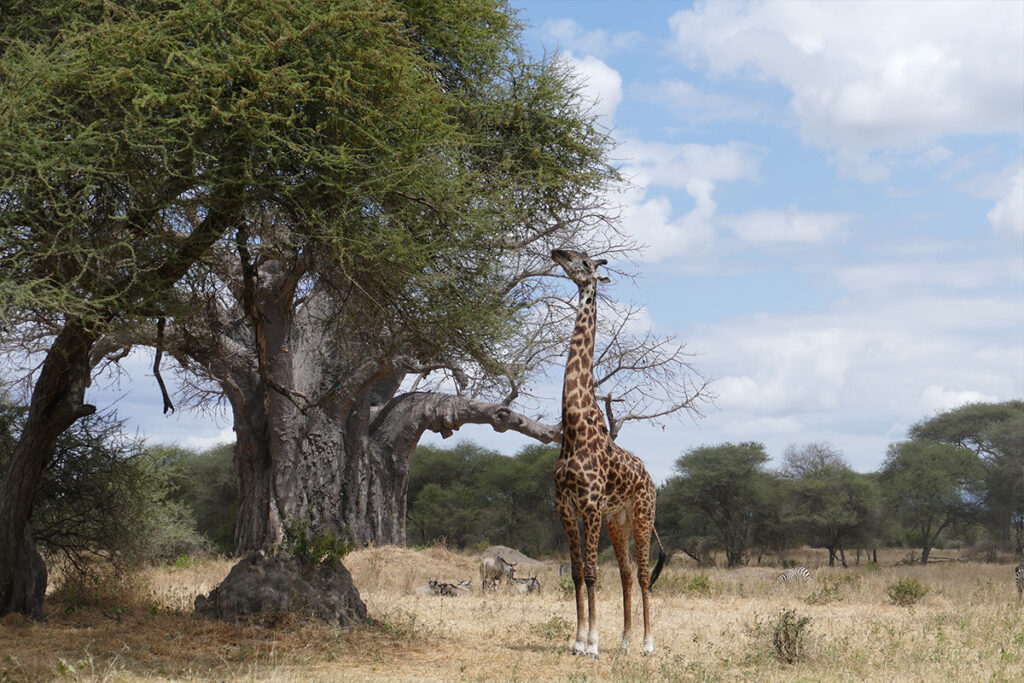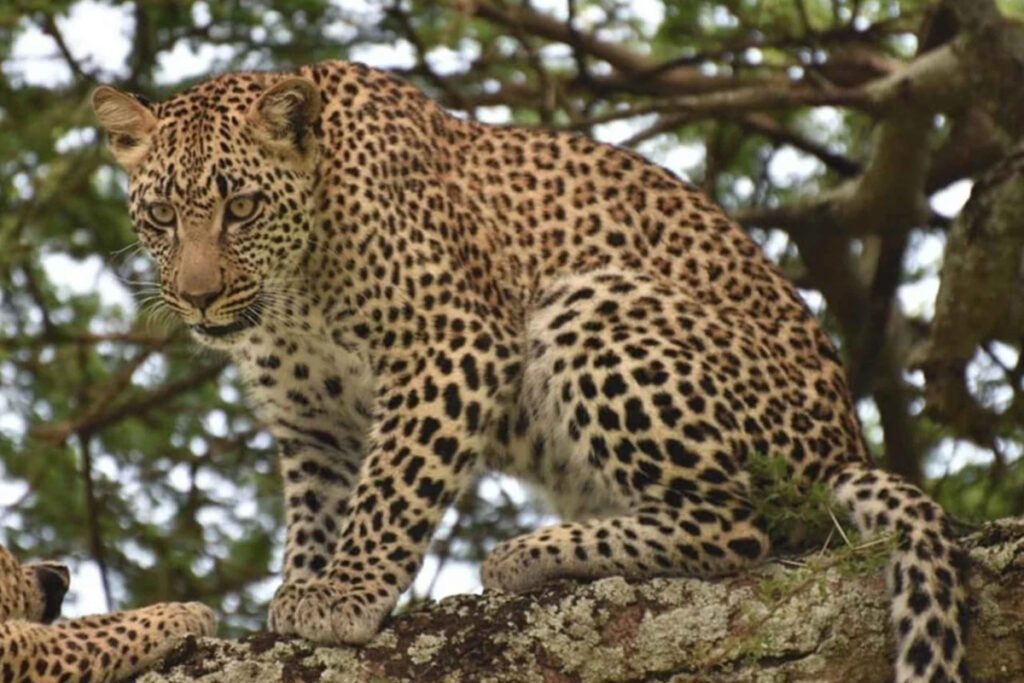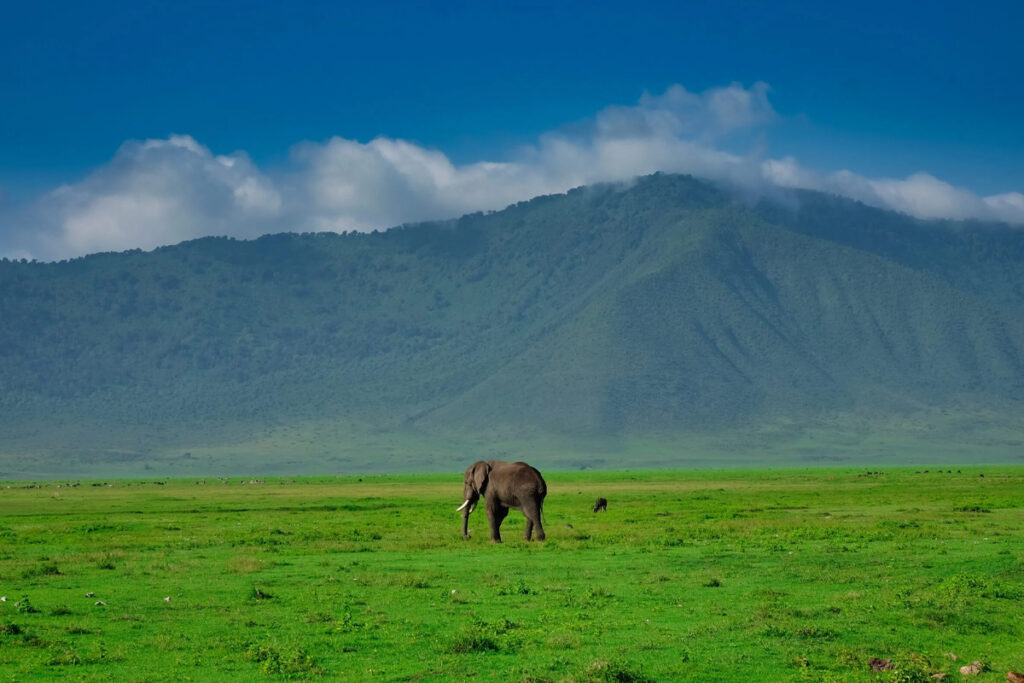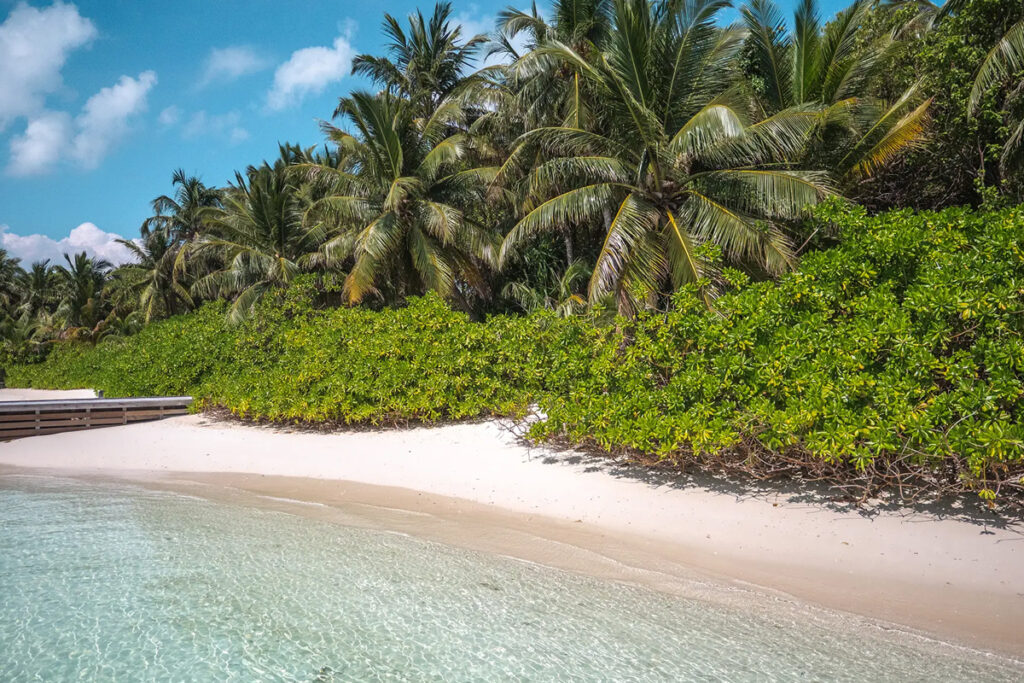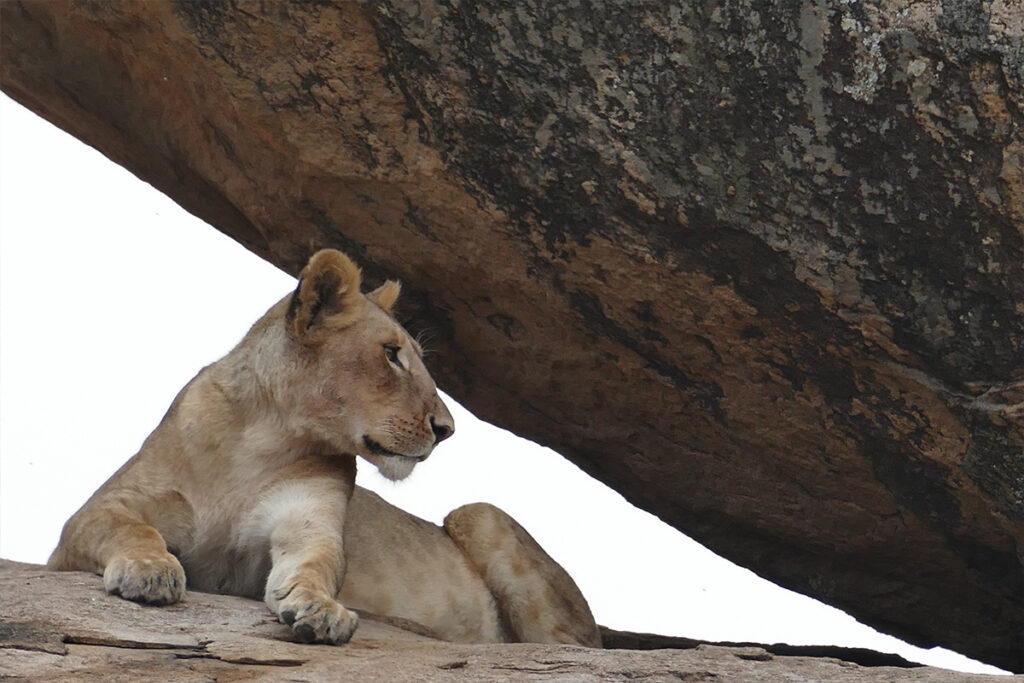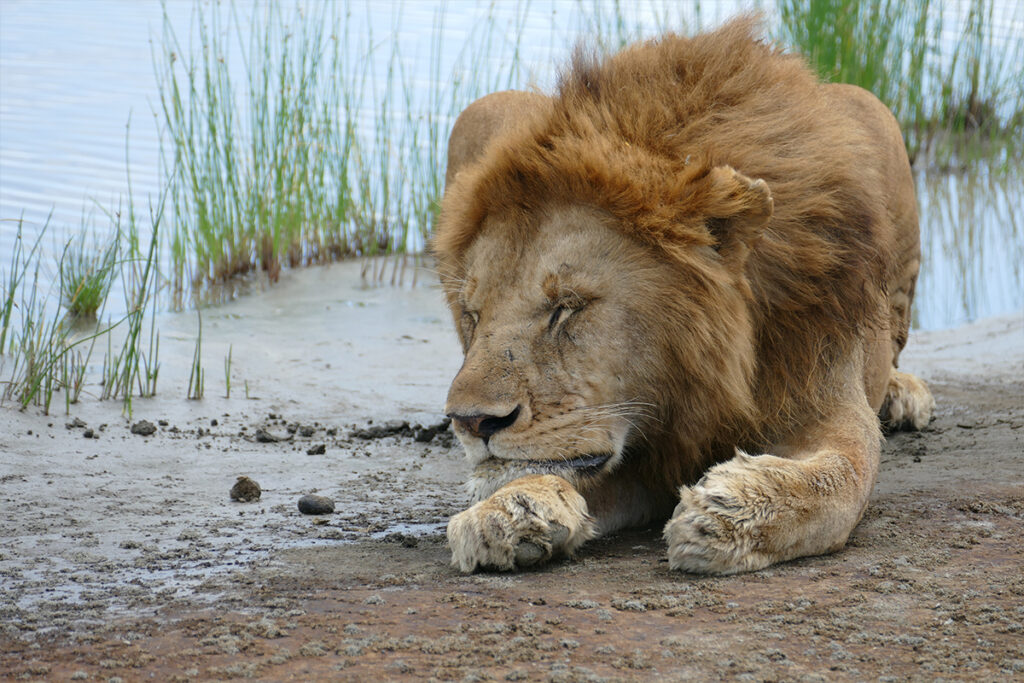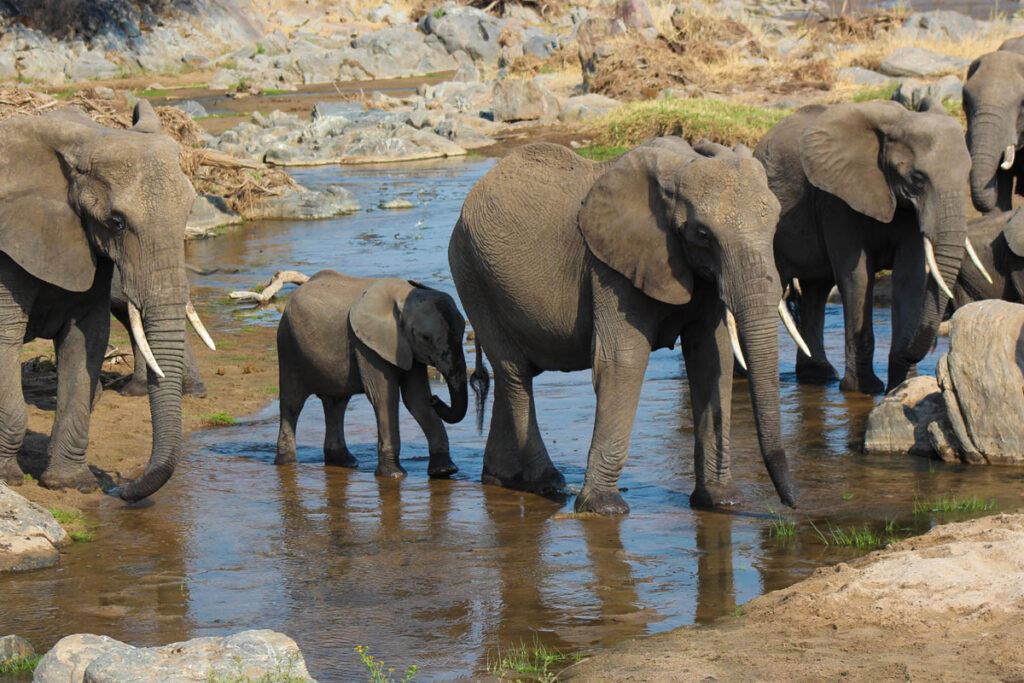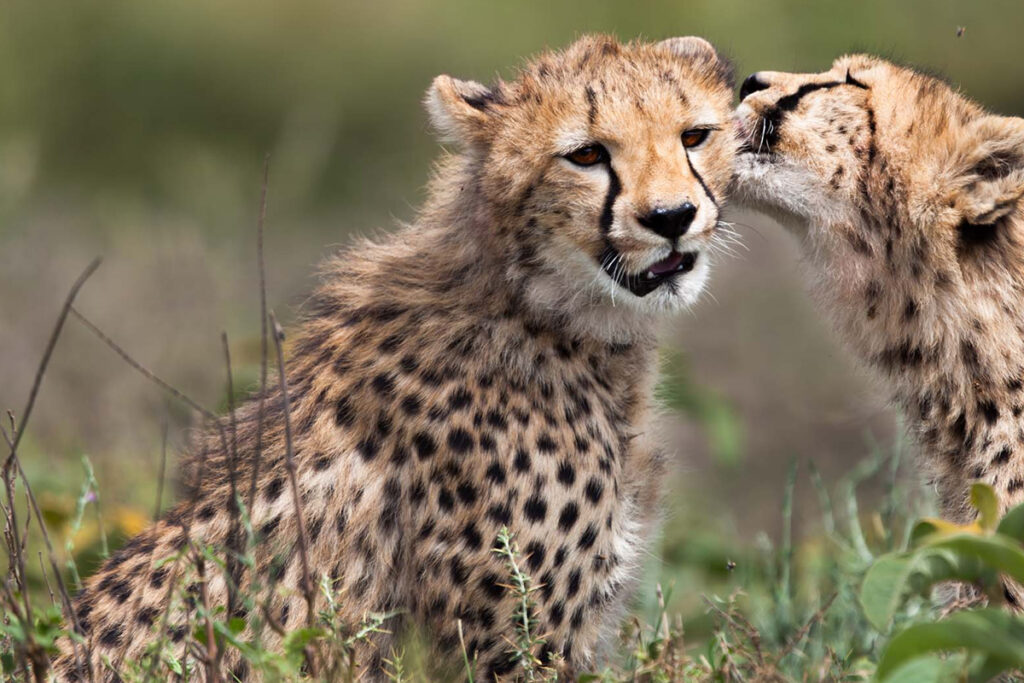Best Time To Visit Tanzania
Top Tanzania Safari Destinations
Tanzania is home to some of Africa's most iconic and diverse safari destinations, offering an unparalleled wildlife experience. From the vast plains of the Serengeti to the unique ecosystem of Ngorongoro Crater, each destination offers something special for every traveler. Whether you're tracking the Great Migration, spotting the Big Five, or exploring off-the-beaten-path reserves, Tanzania's national parks and game reserves provide an adventure like no other.
Here are the top safari destinations that should be on every traveler's list:
- Southern Tanzania
- western Tanzania
- Northern Tanzania
- Eastern Tanzania
LET'S PLAN
YOUR SAFARI TOGETHER
Start planning your tour with us, we can create an itinerary from scratch or modify one of our suggested itineraries.
Top Pick Tour Packages For You
Tanzania Safari and Trekking
Tanzania boasts Africa’s renowned parks, promising unforgettable luxury safaris. With expertly crafted itineraries, immerse yourself in the finest national parks for a tailored wildlife adventure.
Our Clients are very Happy
This is What Travelers Are Saying About Us

